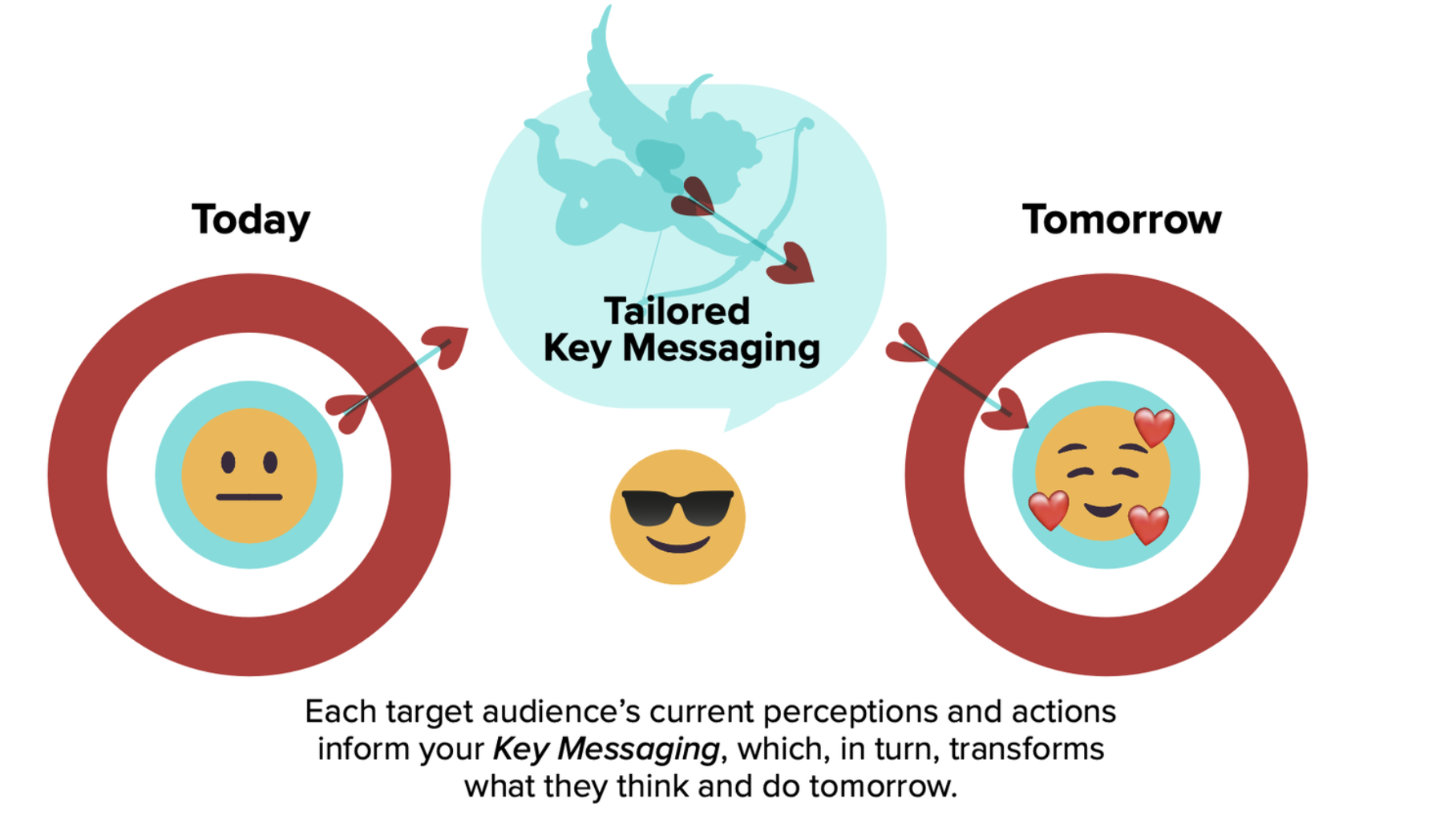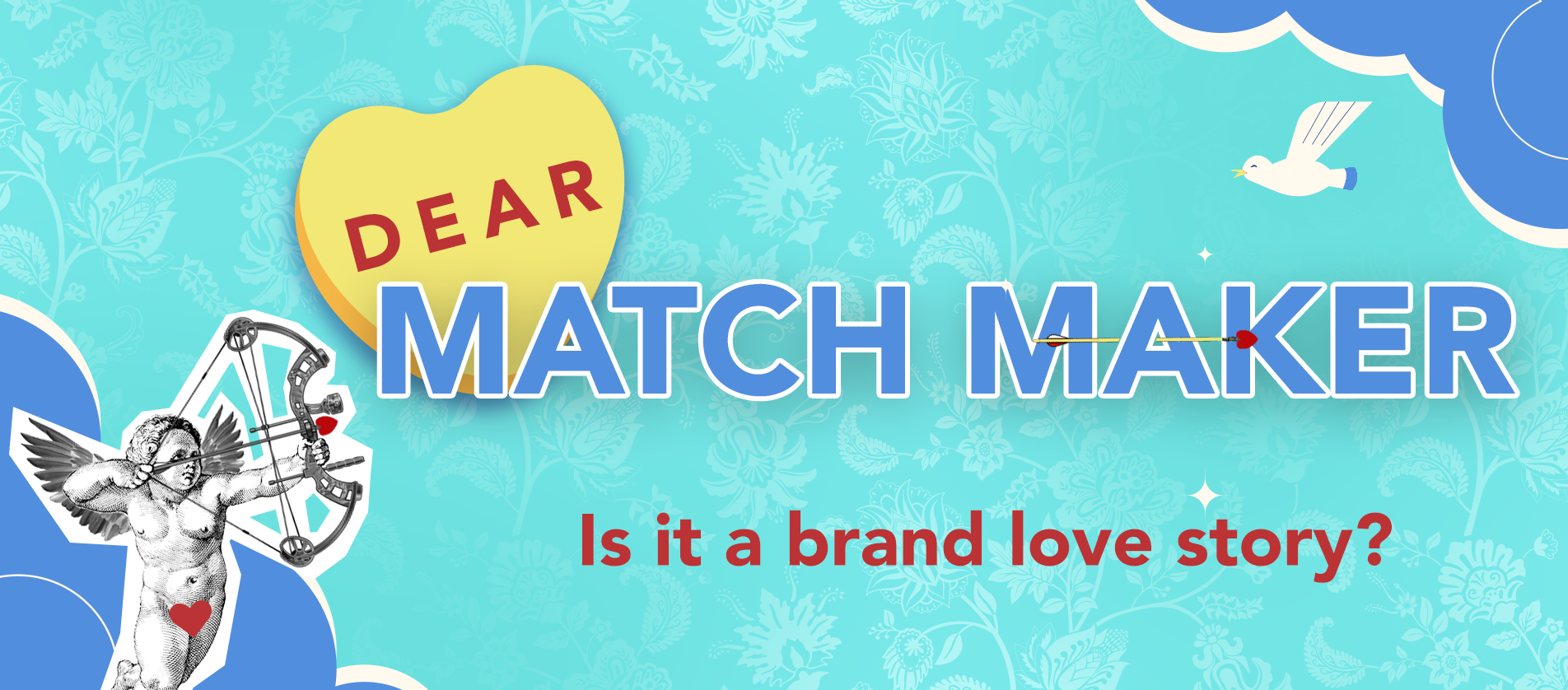
1. Identify your stakeholder audiences.
Identifying your target audiences is an important step because the more specific you are, the more personalized your messages can be, and the better response you will likely achieve. Who should be on your list? At a minimum, it should include your customers, best prospects, influencers impacting the decision-making of customers or prospects, and your firm’s internal staff and leadership (employees and board of directors, if applicable). Everyone in your organization is an ambassador and an advocate, and needs consistent, holistic messaging that brings your brand to life.
![]() Sample audiences:
Sample audiences:
Let’s say you’re a retirement provider. Your target audiences may include:
Plan sponsors (a range of executives or a committee responsible for their company’s 401(k) plan)
Financial advisors and consultants (outside experts retained by plan sponsors to help guide plan and investment decisions)
Plan participants (current and former employees in the firm’s 401(k) retirement plan)
Internal staff and leadership (could include board with outside directors)
Now look closer at the list. You may find, based on your knowledge of the various audiences, that you need to segment further. For example, we know that with limited resources, most small plan sponsors have very different pain points and needs compared with large plan sponsors. Similarly, among plan participants, age makes a difference in what matters to them, and what may motivate their engagement with the plan. So, you may want to break out your plan sponsors by size and your participants by age.
Bottom line: No target audience is a monolith. Segmentation is your friend and utilize it where necessary to create the most effective list of stakeholder audiences.

2. Understand your audiences’ goals and pain points.
Once you’ve established your key stakeholders, do a deep dive on each, differentiating their unique interests and pain points as these will greatly inform your messaging. For each audience, you’ll want to pinpoint: What are their goals? What is currently helping or hindering their success? Who are they turning to for the products, services and support they need to accomplish their goals and why? What do they think of you and your competitors? This information will help you highlight your differentiators and what will most likely resonate about your firm with each audience.
![]() Sample goals/challenges:
Sample goals/challenges:
Staying with our retirement provider example, let’s see how the goals and challenges differ for each segment. Generally speaking:
Plan sponsors want to meet their fiduciary responsibilities and offer an effective retirement plan for their participants, but administration and regulations can be complex.
Financial advisors want to be good partners to their plan sponsors but need to bring added value every time.
Plan participants want to save for a secure retirement but may lack the financial knowledge they need to make good decisions.
Each of these audiences brings widely divergent needs to the table and requires tailored messaging to demonstrate your expertise and commitment to solving their unique challenges.

3. Be clear about your goals.
Not only is it important to know your audiences’ goals, it’s also essential to know your own. What do you want each audience to take from your messaging? What specifically do you want them to think about your firm, its expertise and capabilities, and how your organization compares to the competition? And what do you want them to do? You need to put this in writing so that it is reflected in your key messaging and shared across your target audiences.

4. Tailor your messaging to fit each audience.
Now it’s time to tailor! It’s important to note that you’re not changing your brand story. You’re merely adapting the message to suit each specific target’s needs and wants. This means speaking directly to the needs you’ve identified with each audience and the ways you can help solve them. You’ll need to change the emphasis of your various story elements from one audience to another and lead with the most relevant content so that your message resonates. You may also need to adapt your tone and style, such as using a more formal tone for a business audience and a more approachable tone for a consumer audience.
![]() Sample tailored messaging:
Sample tailored messaging:
For plan sponsors
“We’ll be an extension of your staff, helping to lessen your administrative and regulatory burdens, and optimizing your plan with our 50 years of retirement expertise.”
For financial advisors
“For the retirement planning insights your clients expect from you, tap into our thought leadership program, built on 50 years of retirement expertise.”
For plan participants
“Saving wisely for retirement can be confusing. With 50 years of retirement expertise, we’ll help you make the right choices for a more secure future.”

5. Connect all your audiences and messaging.
We’ve created a proprietary format that we call the Deardorff Brand Maker Key Messaging Matrix. This document integrates all the audience and messaging information described in this article into one easy-to-use quick reference for everyone in your organization. Our clients have found it a very useful tool for keeping all their communications consistent, connected and on brand.





